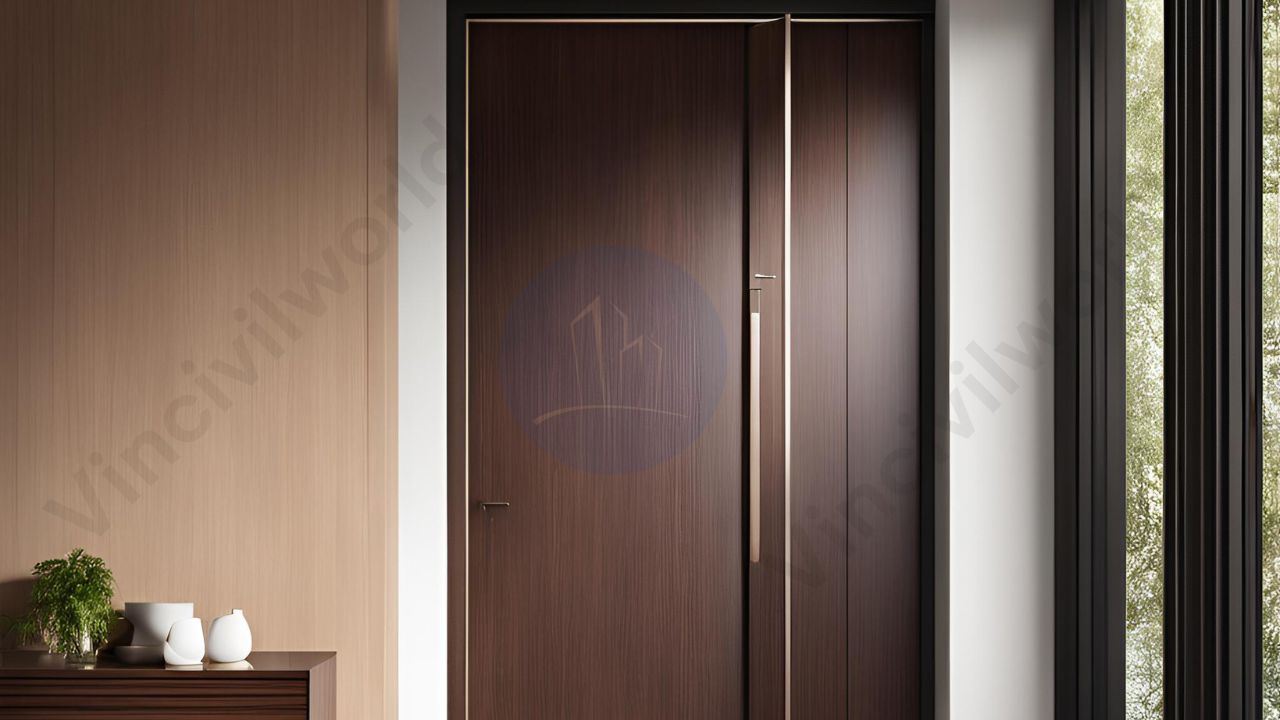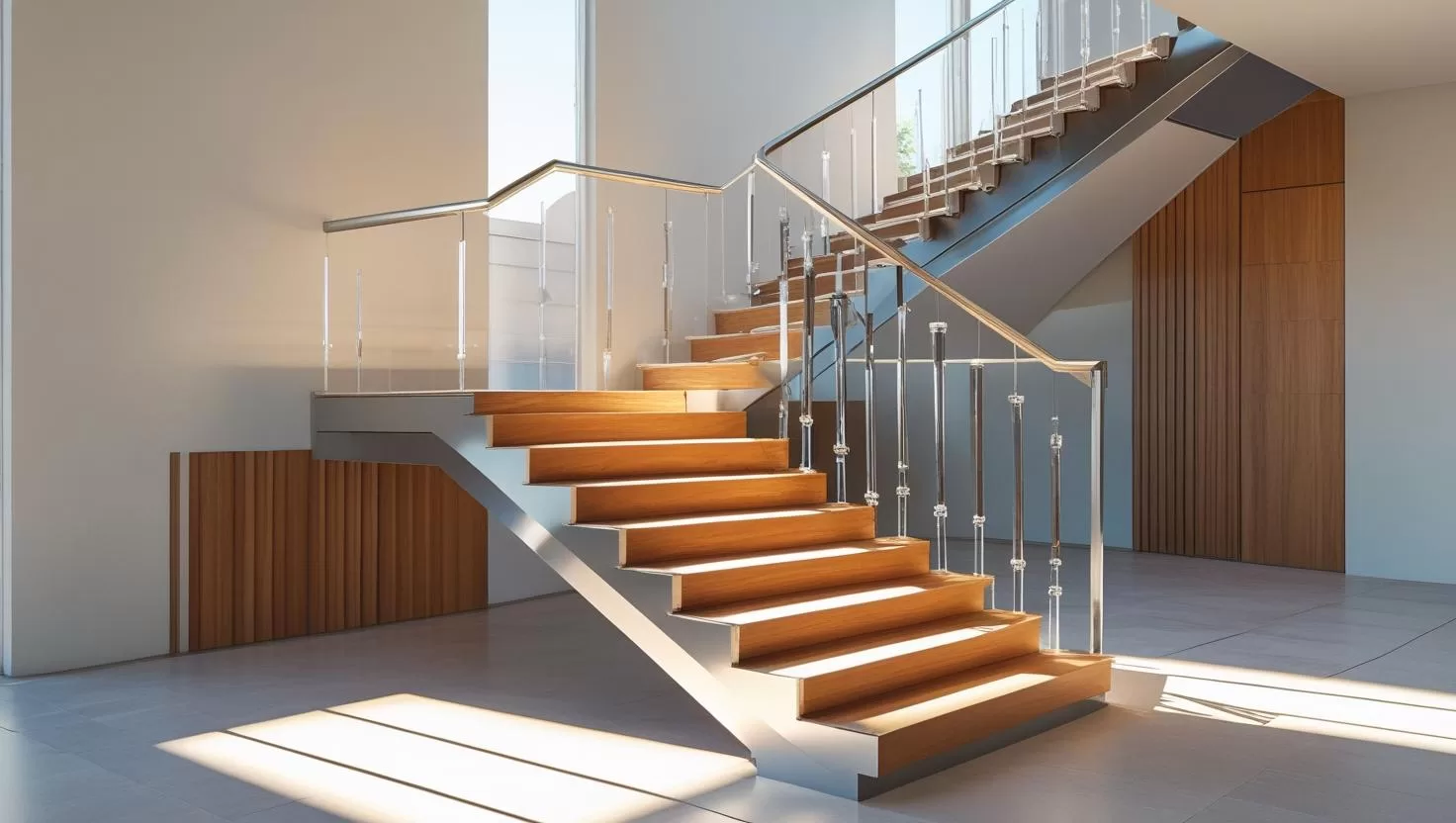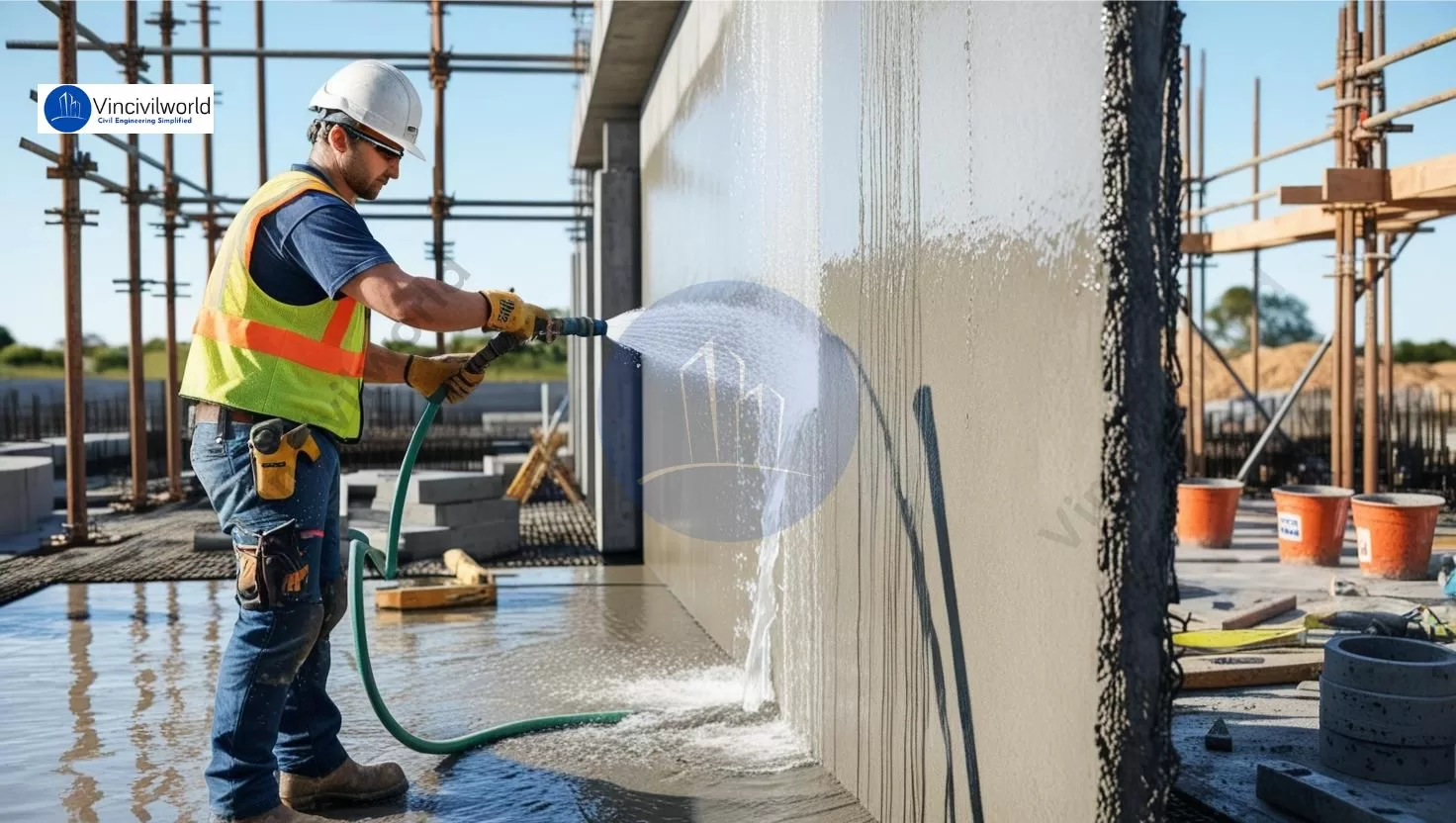Types of Irrigation- Flow and Lift Irrigation Full Details
Types of irrigation are mainly divided into two- Flow irrigation and lift irrigation. Flow irrigation is further divided into perennial and inundation irrigation. Inundation irrigation is again subdivided into three. They are direct irrigation, storage irrigation and combined System. We are going to meet the huge family in the blog. Figures are also included to explain each of these better










